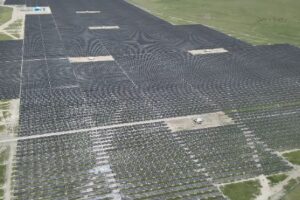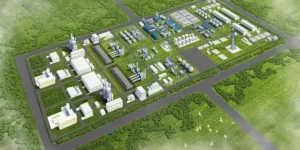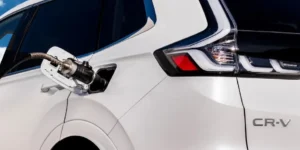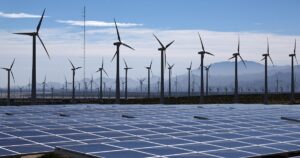New Oregon rules aim to streamline interconnection
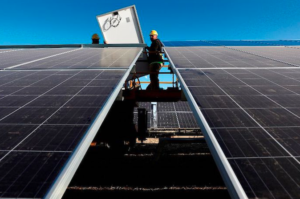
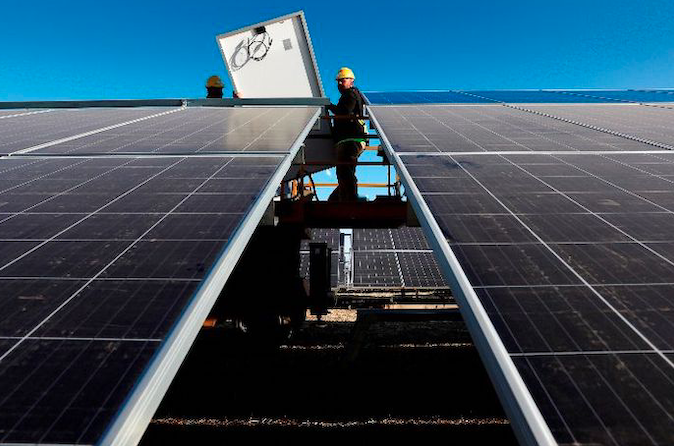
AVANGRID developed the 162 MWac/205 MWdc Pachwáywit Fields solar farm in Gilliam County. (Courtesy: AVANGRID)
A ruling by the Oregon Public Utilities Commission aims to improve the state’s interconnection rules by incorporating best practices for the review of renewable and energy storage projects.
The rules, which govern how distributed energy resources (DERs) can connect to the electric distribution grid, are the product of a collaborative working group process and include an array of recommendations proposed by the Interstate Renewable Energy Council (IREC).
The ruling is meant to streamline and modernize how clean energy projects are screened for potential grid impacts when requesting interconnection. It noted that some clean energy projects limit the amount of power they export to the grid, or do not export at all, and tailored the review process and specified the acceptable methods for systems to limit the export. Additionally, it introduced a pathway to incorporate updated standards for the use of smart inverters into Oregon’s interconnection rules, and a deadline by which interconnecting systems will need to use smart inverters.
Many of the adopted practices are based on recommendations developed by IREC and a team of partners under a multi-year project called “BATRIES,” which aimed to reduce cost and time barriers to the interconnection of energy storage with support from the U.S. Department of Energy Solar Energy Technologies Office.
“IREC applauds the Oregon PUC’s ruling, which will streamline the interconnection of clean energy projects,” said Radina Valova, IREC Regulatory Vice President. “In particular, establishing a timeline and process for the use of smart inverters will have significant impacts in enabling Oregon’s grid to accommodate more renewable energy with fewer costly upgrades.”
Starting on June 1, 2024 all DER systems applying for interconnection in Oregon will be required to utilize smart inverters that comply with the requirements of IEEE 1547-2018, a related technical standard.
The new rules also recognize a class of clean energy projects called non- and limited-export projects. These types of systems use controls to limit whether or how much electricity is sent to the grid. The Oregon PUC says when interconnection rules are not updated to align with this functionality, export-limiting projects often face barriers to interconnection because review processes may be based on inaccurate assumptions about how these systems will operate.
The updated rules also include several changes to how projects are screened for potential grid impacts. These changes are meant to ensure that screens reflect the realities of how systems operate. Export capacity — the amount of power a system will send to the grid, limited by export controls — will now be used in some screens, instead of nameplate capacity, which reflects how much power a system could export without controls. Additionally, larger projects can qualify for streamlined reviews, especially if they employ export limitations.
Other changes include the replacement of a conservative screen known as “15% of peak load,” a rule of thumb that the Oregon PUC says can result in projects being unnecessarily flagged for more in-depth review processes, with a “more precise” screen (90% of minimum load in “fast track” screens, and 100% in supplemental review). An intermediate review option was also created for projects that do not pass an initial screening so that they do not have to go directly to a full system impact study.
